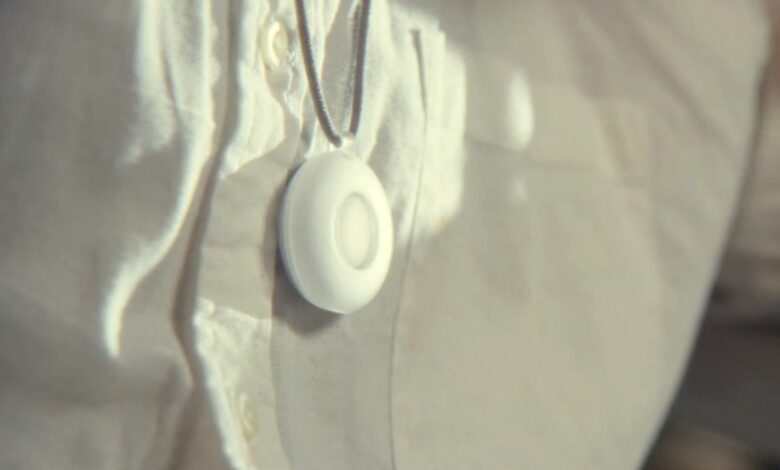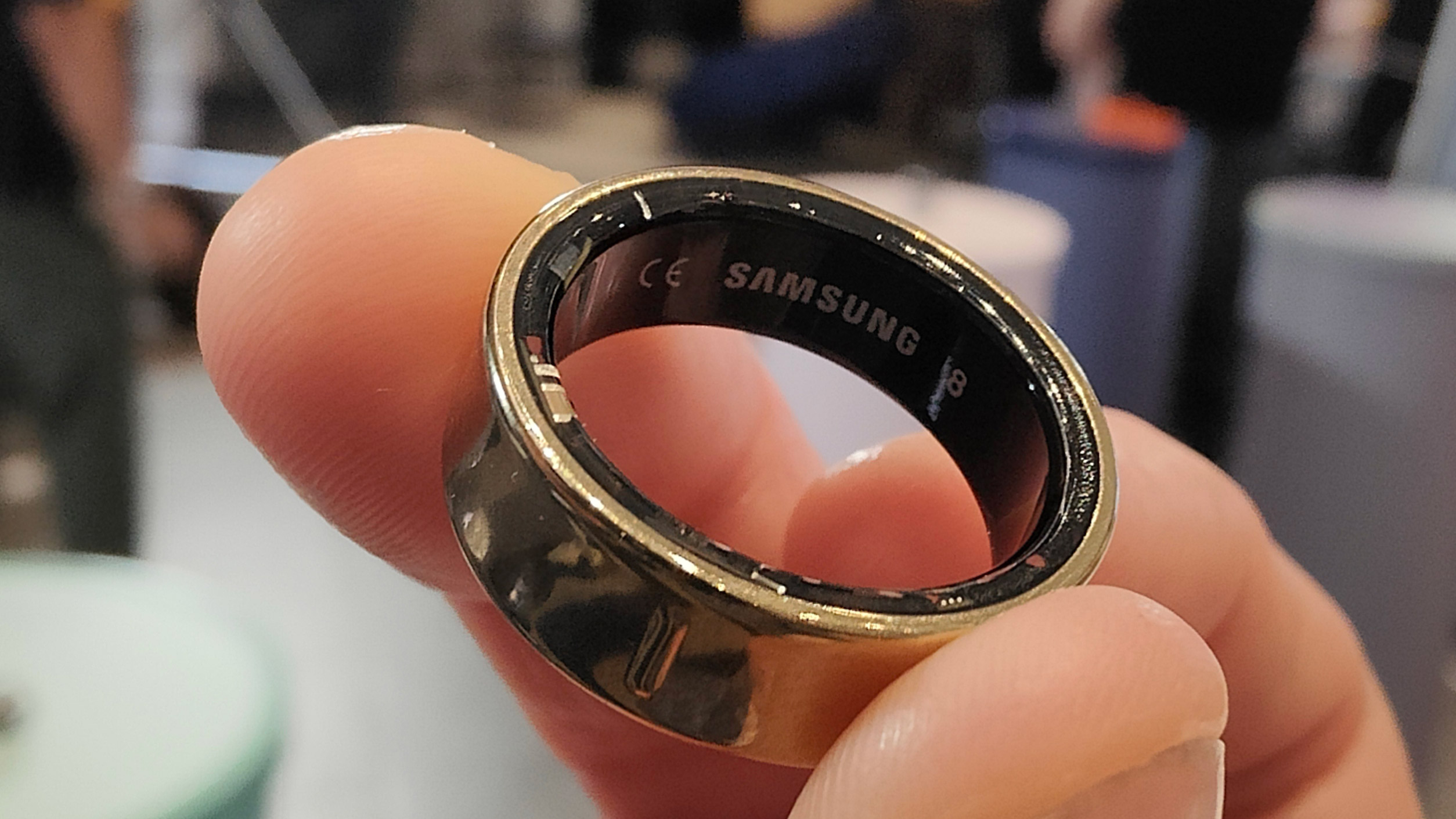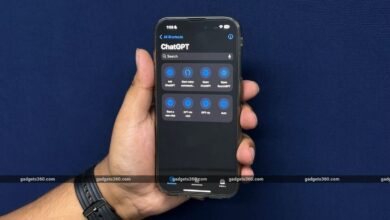That creepy ‘friend’ device and the Samsung Galaxy Ring have more in common than you might think

This week I watched the launch trailer for friend – yes, the lower case is correct here – the latest screenless wearable designed to be interacted with using a microphone and generative AI. The design is simple: you press a button to activate your friend’s microphone, you speak your mind, and your friend uses their built-in AI to think of something appropriate to say and sends it to your phone in text format.
Rather than Humane’s attempt to replace the best smartwatches and phones with a personal AI assistant for accessing emails, messages, and information, Friend focuses solely on a much more specific use case: companionship.
The trailer was met with comments online that it looked like an episode of Black Mirror or an A24 movie, with some justification, and our editor-in-chief Lance Ulanoff posted his opinion as soon as the trailer dropped. Meanwhile, my favorite (and by that I mean least favorite) moment from the launch trailer was when a teenager tells her AI friend that the falafel she’s eating is “dank” before spilling it on her friend’s device — to which the friend responds, “yum.”

It’s easy to mock Friend, dismissing it as a dystopian Silicon Valley thought experiment or a data-scraping device to improve the generative AI that powers it, which can then be used for more profitable purposes. But mocking is the easy way out: my colleague Becky Scarrott’s piece on OpenAI’s struggle to rein in people who modded and released AI girlfriends using ChatGPT shows that the need for AI companionship is there for people who want it. Friend is an extension of this need: aimed at regular people who are lonely and want someone to talk to. In a attractively priced $99it could be more widely accepted than first thought.
The Samsung Galaxy Ring, another screen-less piece of smart tech, is very different from its friend, but it too focuses exclusively on a niche use case: passive health tracking. It uses Galaxy AI to generate an energy score, crunch information about your health activity levels, and give you basic advice on how to sleep better. It even supports gesture controls, so you can squeeze to fire the camera shutter and dismiss alarms. There’s no doubt about it: AI has made this first wave of screen-less smart tech possible.

I don’t think smart wearables will ever truly replace phones in the way Humane envisions—at least not as long as the categories remain differentiated in meaningful ways. However, screenless wearables are on the rise, which will likely lead to a full-scale evolution of the category as we find more natural ways to interact with our tech than swiping up and down with our old-fashioned, sweaty fingers.
More likely, the phone will remain the “nerve center” of our new technological ecosystem, and we will interact with it more frequently and in more sophisticated ways, using voice and gestures, using wearables tailored to individual use cases, giving us fewer reasons to use our thumbs.
For example, using AI-powered earbuds to record instructions and take messages through a microphone, transcribed and sent to another phone using AI, was once considered a pipe dream. Now we have the best smart glasses with built-in cameras and music controls, and it’s easy to imagine using a smart ring to scroll through information on our glasses’ heads-up display using gestures. In fact, we have reason to believe that Apple is working on it now.
Virtual friends, smart glasses and tiny health trackers are just the tip of the iceberg: the future of wearable tech is screenless, discreet and powered by AI. It’s possible that, outside of a few dedicated gym goers and power users, the Apple Watch is headed in the same direction as the iPod.




